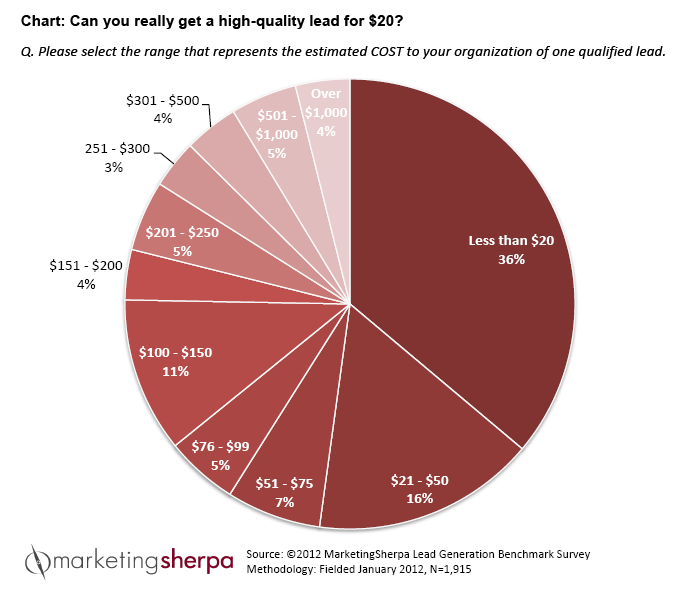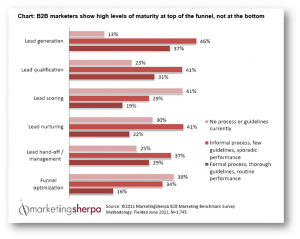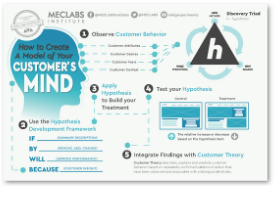Let me talk about an old advertising problem I’ve seen raise its ugly head recently, thanks to Facebook’s shift to Timeline. I like to call it … “get your money’s worth” syndrome.
This is a problem as old as media buys.
Are you a white space hoarder?
And, it makes sense on the face of it. A marketer buys a specific piece of media, say, a quarter-page ad in the newspaper. Then, his agency creates a clean ad with a straightforward call-to-action.
But, before that ad gets published …
The marketer must approve it. He sees a lot of white space, so he starts to think, “Well, I paid $15,000 for this space in the newspaper. And, we’re only using a small portion of it. I can add in information about three other products we offer. And, more about our features and benefits. And, seals for some of the organizations we’re members of. And …”
The list can go on forever. In the agency business, we used to call this “trying to cram 10 pounds of, um, stuff, into a five-pound bag.”
The worst offenders tend to be small mom-and-pop shops, and you can see these in the free direct mail coupon advertising magazines that are sent to your house, with names like Mint Magazine, Money Saver Magazine, Clipper Magazine, etc.
Every square millimeter, wall-to-wall, is covered with ink. I was reminded of this recently while walking down The Strip in Las Vegas one night during Email Summit 2012. Everything screams for your attention.
If everything is emphasized, nothing is emphasized
I noticed the same problem while helping a local nonprofit adapt to Facebook Timeline with one of my neighbors. My neighbor is not in marketing, and she’s just under 35 (young unemployed people: I’ve noticed that pretty much anyone under 35 can consult on Facebook marketing to pretty much anyone over 50, and really add value).
We agreed on a simple image with a simple headline for the organization’s Facebook Timeline Cover, the new header photo that goes across the top of Facebook Pages now that Timeline has launched.
(Note: There is a common misconception that you cannot use any words in this cover photo. You can … you just can’t sell. Here are the guidelines directly from Facebook about what isn’t allowed in your cover image:
- Price or purchase information, such as “40% off” or “Download it at our website”
- Contact information, such as Web address, email, mailing address or other information intended for your Page’s About section
- References to user interface elements, such as Like or Share, or any other Facebook site features
- Calls to action, such as “Get it now” or “Tell your friends”)
After providing direction, I stepped back and let my neighbor and the nonprofiteer work on it over the next few weeks (ah … the life of a consultant).
I found out they went through several rounds of changes. Why? The well-intentioned philanthropist kept adding more and more details into that one simple photo, trying to get across every possible thing the organization could do for the visitor.
Read more…














